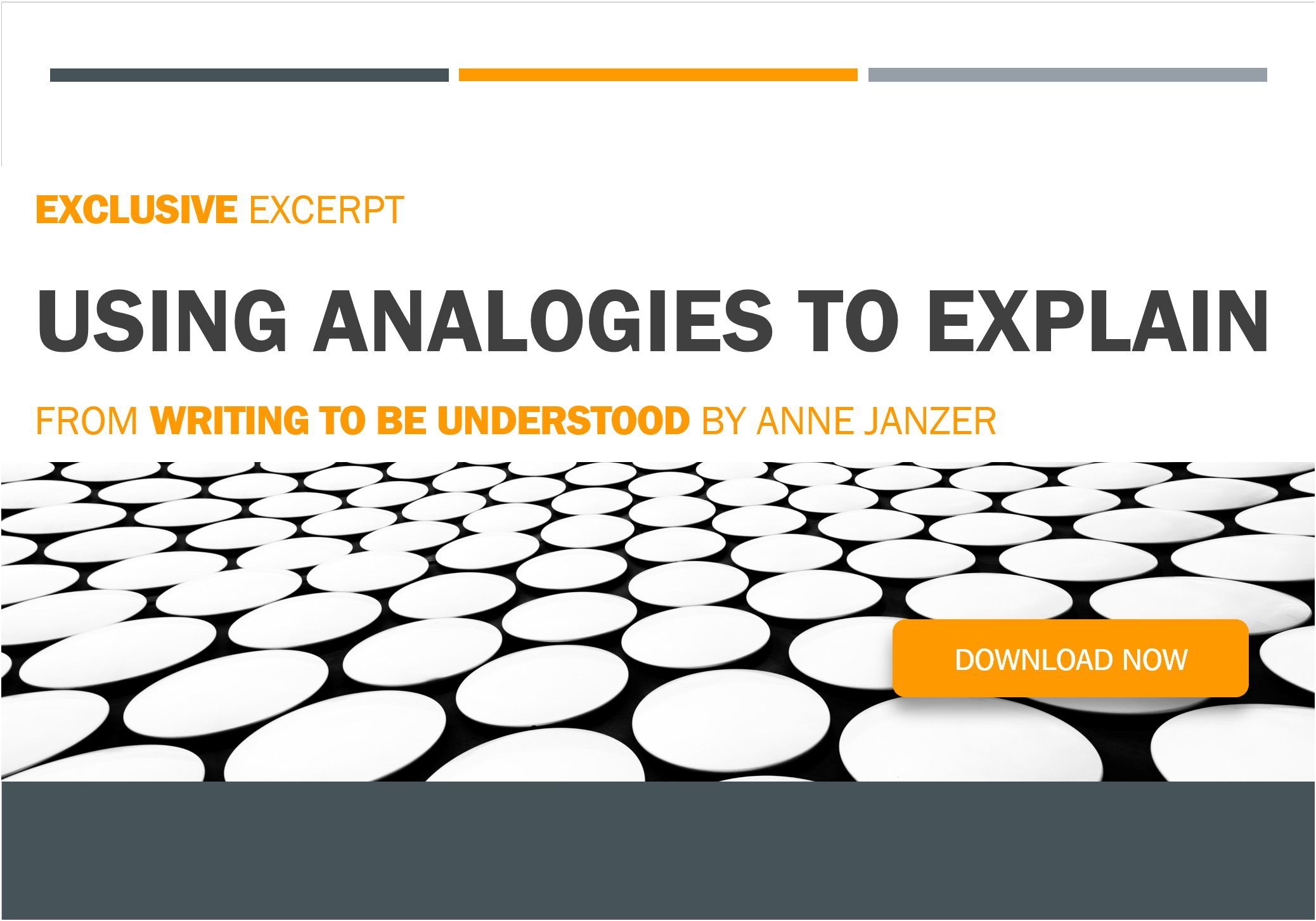Despite the calls to innovate and excitement stemming from conferences, hack-a-thons, think-pieces, and podcasts, law firms aren’t actually innovating. As lawyers, we know that we need to change, but figuring out how and where to start is daunting. Frankly, we’re stuck. And we’re not helped by the hype and assertions that one single idea or one single piece of technology will be the panacea for our problems. The truth is that no one change or decision will be the right fit for every law firm or law department. Instead, what we need is a framework to determine the best direction for our individual circumstances. Workflow analysis can help.
What Is Workflow Analysis?
Without workflow and process analysis prior to introducing something new—particularly new technology—law firms may go through upheaval only to find that the project doesn’t meet expectations or lead to demonstrable improvements.
Workflow analysis breaks down the flow of tasks from beginning to end to analyze how it works in the real world. It includes capturing every step in a workflow and evaluating how it fits into overall strategies and processes, including analyzing how people fit.
By collecting data about how your law firm actually functions, you can use workflow analysis to determine whether your workflows meet your business needs and uncover areas to improve and align your work. It helps to identify bottlenecks, inconsistencies, waste, redundancies, delays, unnecessary risks, and misaligned tasks that impede meeting your business goals.
Narrow Your Focus
Collecting data on every aspect of every workflow, process, or task is not helpful. Choose an area and analyze it deeply. When deciding where to start, look for workflows that: can function discretely; drive essential business functions; are affecting major stakeholders or business goals; are not delivering expected outcomes; and have high potential for re-engineering and success.
Narrowing your focus will allow you to understand a single workflow well, which is necessary for improving it. Trying to do too much will lead to failure. Failure at the beginning of your innovation journey is likely to harm future efforts. We need success and momentum if we want to accelerate the pace of change.
Since creating legal documents is a significant part of every law firm’s business, I suggest you start with analyzing how you create legal documents. This is an area where there are typically many levels of involvement with fee-earners and non-fee-earners, and there is a tricky mixture of substantive and non-substantive work involved. For every important document, there is usually staff, an associate, and a partner involved in its creation and the workflow involves drawing upon formal and informal knowledge of law, procedure, processes, and preferences.
Analyze the Workflow
Workflows and business processes are more complicated, and include more variation, than perceived at first glance. To fully understand them, you must collect data through document review; observation; and interviews with staff and stakeholders of varying levels. All three types of inputs are necessary because it’s difficult to capture thought processes, manage your own biases about what you think should happen, and gather information about how things actually occur. Skipping any part of the review will give you inaccurate information.
When working to build your workflow map, consider:
- What is the overall goal of this workflow? Is it to minimize error, speed up the process, or something else?
- How does this process start? Who starts it?
- What is the reason for this step? What purpose does it serve?
- What terminology applies to this process? Is everyone using the terms consistently?
- Where are the hand-offs? How do they happen?
- Who is doing this step? Who is supposed to benefit from this step?
- Does this step duplicate any other steps, in goals or people?
- What level of variation is part of this process? Is that tolerable?
- What choices or decisions are part of this process? Who makes them?
- How much time is spent on each task?
Test your understanding by developing a use case to check your work. Confirm it with the staff and stakeholders who are part of the process.
Evaluate the Workflow and Decide Next Steps
Once you have collected your information and mapped out the workflow, consider the value and function of each piece:
- Is it working or not?
- Is the time spent on the task appropriate in relation to its value?
- Is it critical, necessary, nice but unnecessary, or pointless? Can it be eliminated?
- Can it be altered to meet your goals better?
- What parts of the workflow are repetitive, administrative, and substantive?
- Do the tasks match the job function of the person doing it?
After eliminating unnecessary, duplicative, or wasteful functions and aligning tasks to the proper parties, it’s time to consider optimizing your workflow or business process.
People, Process… and Possibly Technology
Don’t assume that automation or new technology is the answer. You may achieve great efficiencies by improving the processes, realigning tasks, streamlining workflow, and providing training. If new technology is part of your new workflow, make sure that it is the right fit. The wrong technology choice can cause new problems stemming from workarounds and shadow systems.
Using the example of legal document creation, you may consider a system that helps with a specific trouble spot, such as proofreading or legalese, or you may desire a system that offers end-to-end assistance starting with research and ending with e-filing. Whatever your choice, it should fit within the workflow that you have mapped or replace a specific step. It should not disrupt your workflow, ask you to go outside of your workstation, or require even greater change.
Make sure that your investment is aligned with the improvements you expect to experience. Overspending on a small change or on an overly complicated software package that doesn’t get used will discourage and frustrate your workforce and stymie future change efforts.
Conclusion
Law firms and our clients are frustrated with the pace of innovation. However, that’s partly the result of endless hype and search for technological panacea that will never happen. The business of law is complicated. But if you start small, and think through changes that are thoughtful and deliberate, innovation doesn’t have to be so hard. Workflow analysis is a tool you can use to start now.
This article was originally published April 5, 2018 on Above the Law during Ivy’s time with PerfectIt, which is a consistency checker that works well with WordRake.
About the Author
Ivy B. Grey is the Chief Strategy & Growth Officer for WordRake. Prior to joining the team, she practiced bankruptcy law for ten years. In 2020, Ivy was recognized as an Influential Woman in Legal Tech by ILTA. She has also been recognized as a Fastcase 50 Honoree and included in the Women of Legal Tech list by the ABA Legal Technology Resource Center. Follow Ivy on Twitter @IvyBGrey or connect with her on LinkedIn.







